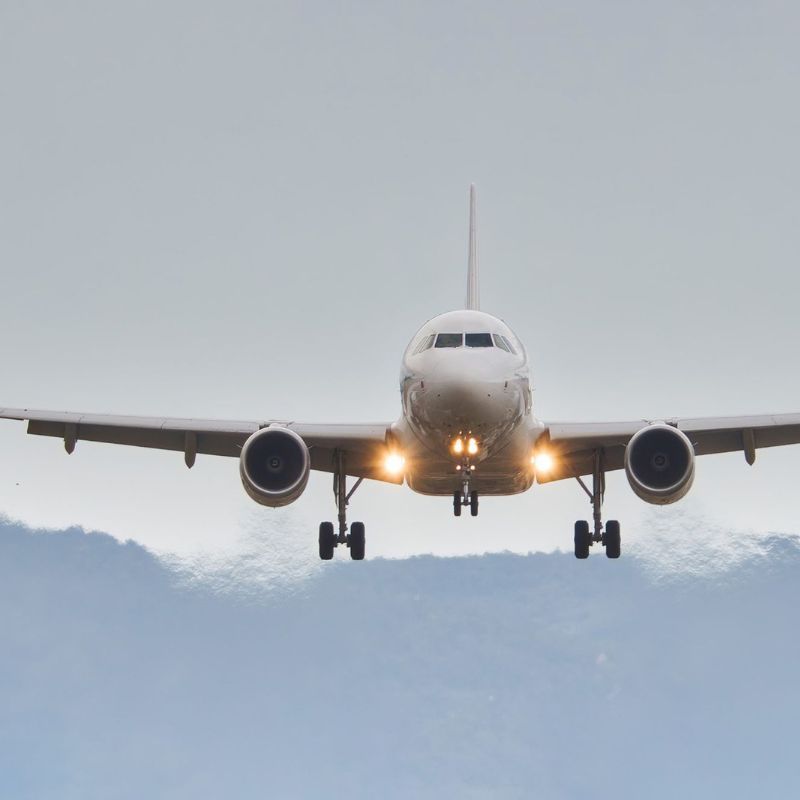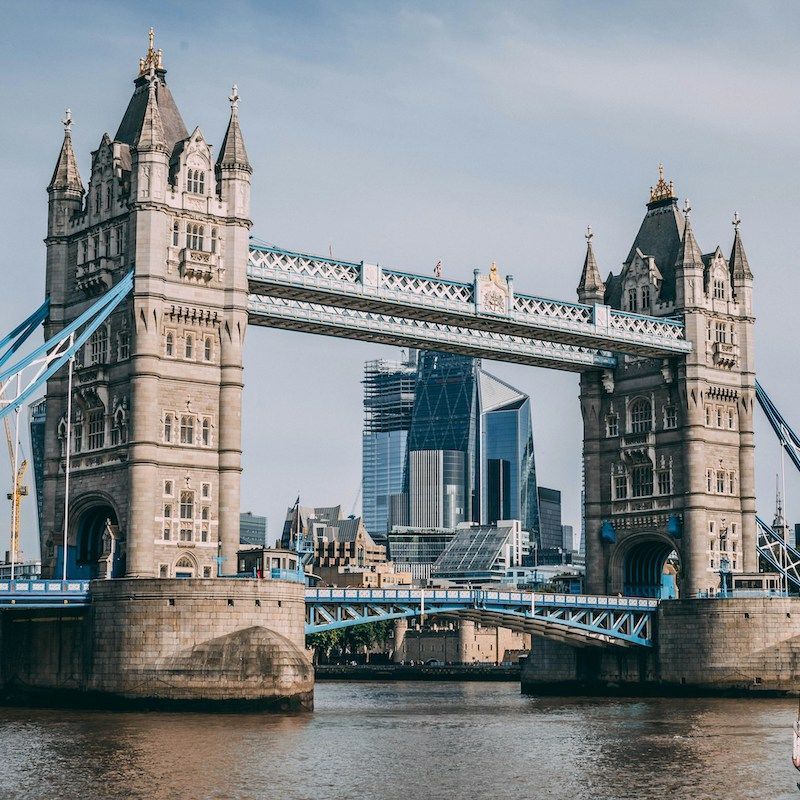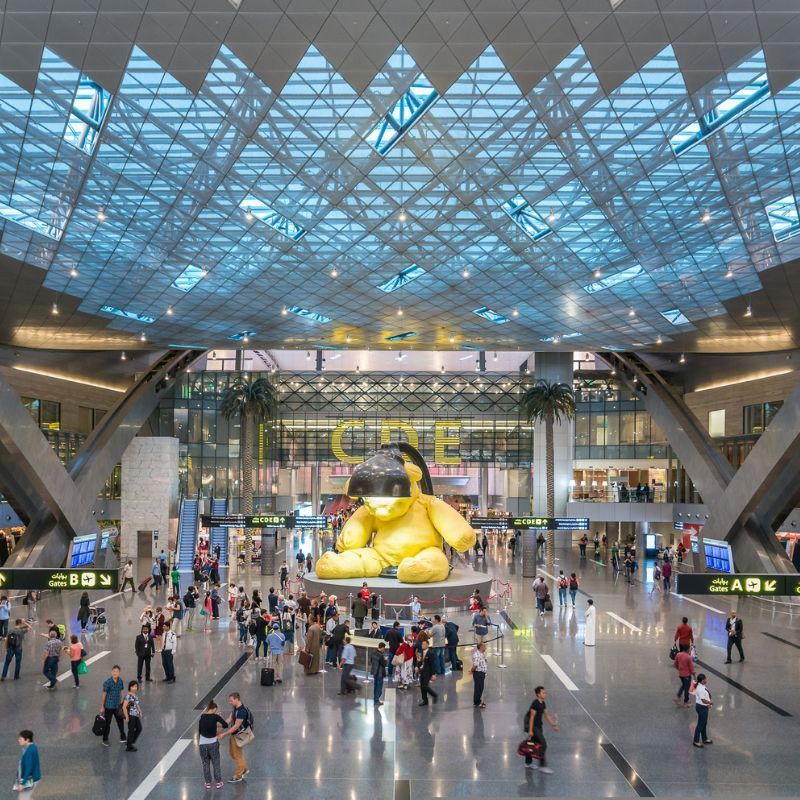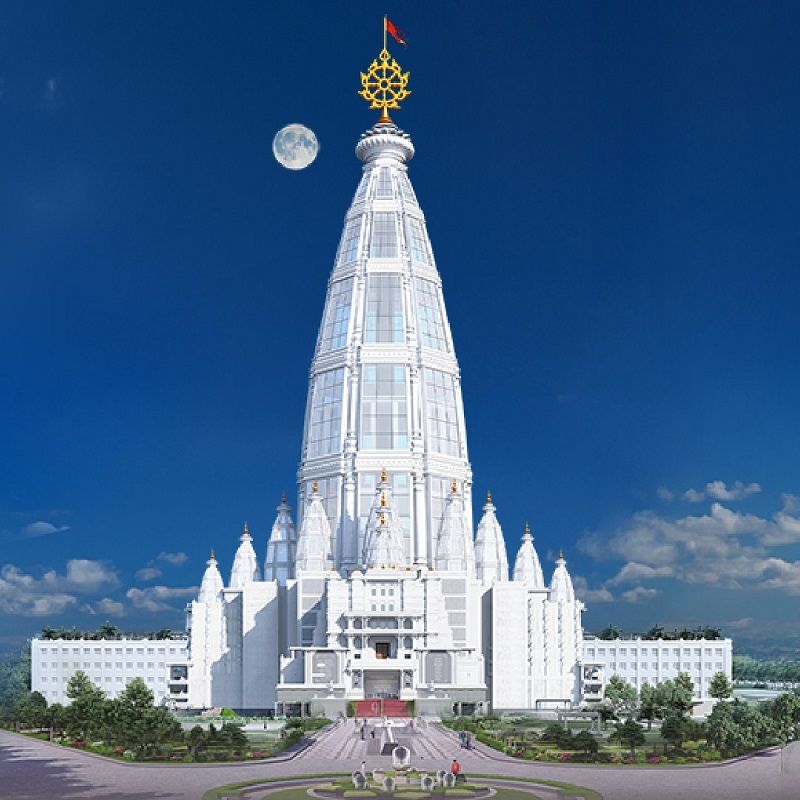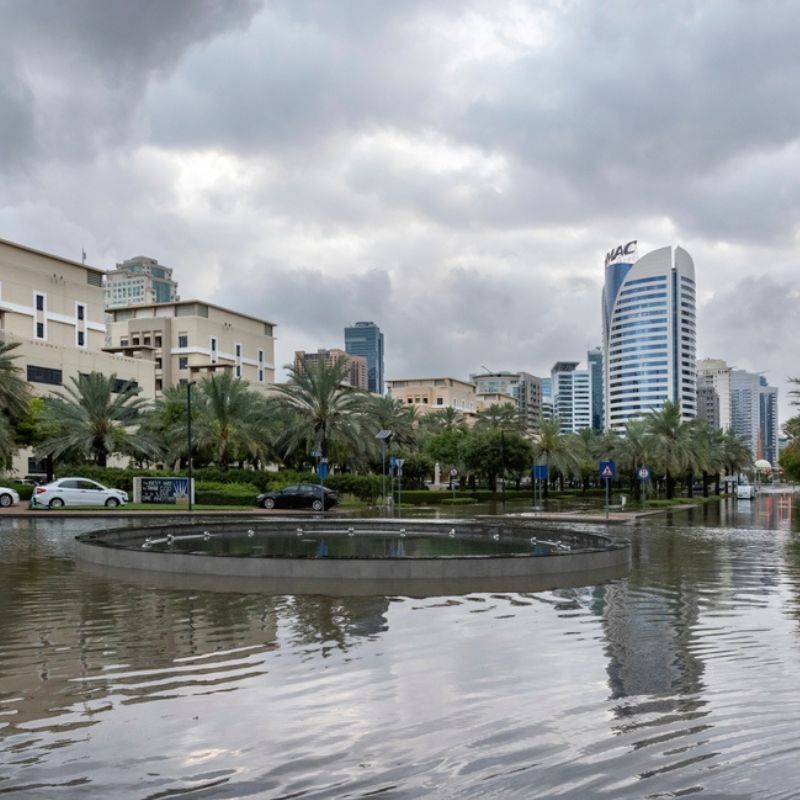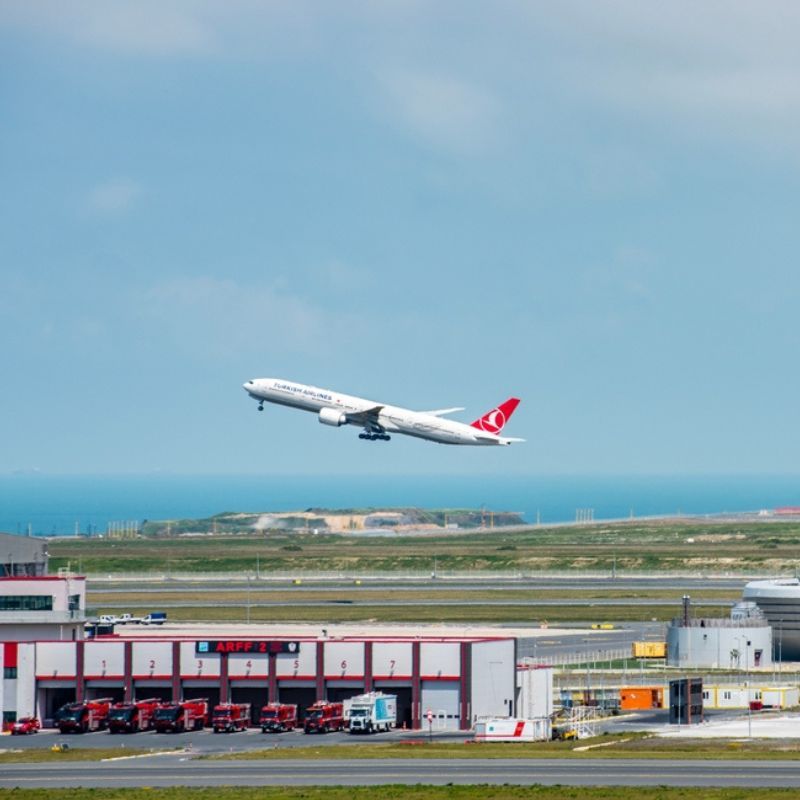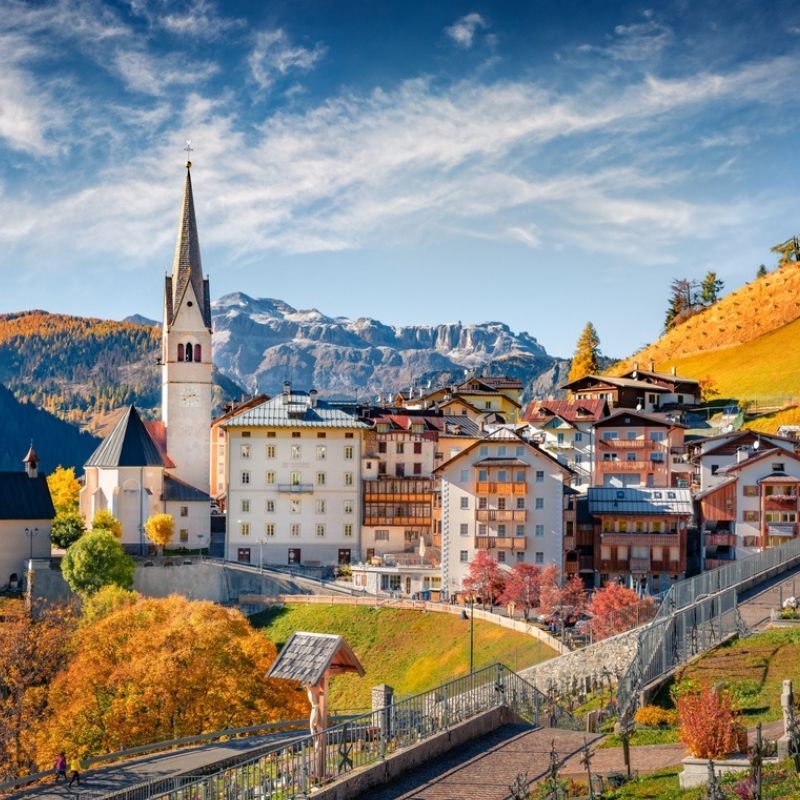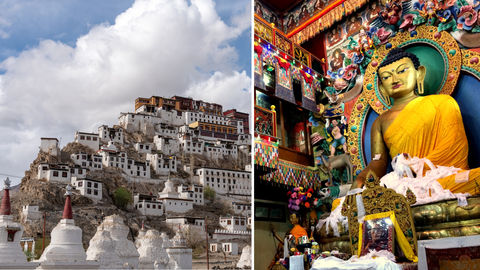
Editor’s note: The global COVID-19 crisis has left each one of us deeply affected and we want to help. Burda Media India has organised a fundraising campaign to #FightBackWithTesting and donating RT-PCR test kits to the worst-affected areas in India, which will be secured from our testing partner Mylab Discovery Solutions. You can help these kits reach many more by donating for the cause or by adopting a kit. Click here to join the fight.
India is a land of diverse cultures, rich history, different religions, and philosophies, all centred around the idea of the divine power. Since its Vedic past, spiritualism has dominated the country’s various schools of thought and principles. In today’s fast-paced world, tourists from all corners of the globe seek to explore this mystic side of India by taking a tour of its prominent sacred destinations. By Upasana Singh
While Hinduism is the dominant religion of India, teachings of Gautama Buddha and Buddhism as a religious practice is deeply rooted in the country’s history. From Leh and Ladakh in the north to Tamil Nadu in the south, Buddhism’s spirit and traditions abound in all corners of the country. In fact, many monasteries were even established after the Indian government allowed Tibetan Buddhist exiles to settle in India in 1959.
So, if you wish to find your inner peace, attain spiritual mindfulness or simply hope to explore the Buddhist culture, these monasteries in India should be on your bucket list.
1. Tawang Monastery, Arunachal Pradesh
View this post on Instagram
With the breathtaking Himalayan ranges in the backdrop, the Tawang Monastery in Arunachal Pradesh is situated at a height of about 10,000 feet above sea level. This is the largest Buddhist monastery in India and the second largest in the world. If you wish to witness the unique customs of this monastery, the best time to visit is during the Losar festival which marks the beginning of the Tibetan New Year and the Torgya festival held in January wherein artists in colourful costumes and masks dance in the monastery courtyard.
2. Thikse Monastery, Ladakh
View this post on Instagram
According to ancient legends, it is believed that two crows carried a ceremonial plate from monks who performed a sacred ritual to the stone steps at Thikse Monastery atop a hill. A disciple of Palden Sangpo took this finding as a divine directive and built the monastery at this location.
Affiliated with the Gelug sect of Tibetan Buddhism, Thikse Gompa in Ladakh is known for its 49-feet tall statue of Maitreya Buddha that covers two stories of the monastery’s building. One can also view centuries-old Buddhist stupas, scripts, and paintings here.
3. Key Monastery, Himachal Pradesh
View this post on Instagram
A trip to the Spiti Valley in Himachal Pradesh is incomplete without trekking to the Key Monastery. This is one of the oldest Buddhist monasteries in India that dates back to 1,000 AD. Reportedly, in 1855, it housed around 100 monks. With picturesque views of the snow-capped Himalayas, one can get lost in the serene ambience surrounding this place. Moreover, the walls of the monastery are covered with paintings and murals, presenting an example of the 14th-century monastic architecture developed as a result of Chinese influence.
4. Hemis Monastery, Ladakh
View this post on Instagram
Situated about 45km from Leh and built in 1630, the Hemis Monastery is the oldest and culturally richest in Ladakh. With an important library of Tibetan books, the Himalayan Buddhist monastery has a valuable collection of Thangkas, gold statues, and stupas embedded with precious stones. It is also famed for its annual Hemis festival held in June.
Dedicated to Lord Padmasambhava, an 8th-century Buddhist master from the Indian subcontinent, the festival is filled with ceremonies and mystic performances that celebrate the triumph of good over evil.
This is the best time to visit the monastery and get lost to the beat of drums and the clash of cymbals. Visitors can also experience the grandeur of mask dances of Ladakh – collectively known as the chams performance – and the annual bazaar where one can buy and sell wares.
5. Rumtek Monastery, Sikkim
View this post on Instagram
Also known as the Dharmachakra Centre, Rumtek Monastery served as the main seat of the Karma Kagyu lineage in Sikkim in the mid-18th century. After several violent altercations and invasions that damaged the monastery, it was rebuilt by the 16th Karmapa with the help of the Sikkim royal family and local folks. Despite its brutal history of sectarian violence, the echoes of prayer, daily chanting and the annual group meditation (Drupchen) held in May or June create a soothing atmosphere and peaceful space for visitors to explore their spiritual beliefs.
6. Namdroling Monastery Golden Temple, Karnataka
View this post on Instagram
If you can’t make it to the mountains of North India, the Namdroling Nyingmapa Monastery in Karnataka is worth a visit as well. Carved from the jungle that the Indian government granted to Tibetan exiles, the initial structure of the temple was made using bamboo, spread over an area of 80 square feet. Today, it houses over 5,000 members of the Sangha community along with auxiliary structures such as a high school, a religious college, and a hospital. With no entry fee, visitors are welcome to view the elaborately decorated temple tower and the prayer hall decked in gold. The prayer rituals conducted by the monks are a unique sight that should not be missed by visitors.
Related: Archeologists Uncover A Byzantine-era Monastery and Church in Israel



